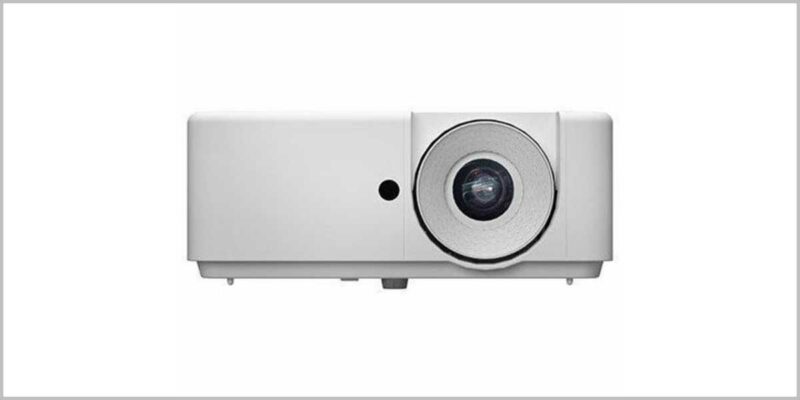Say Goodbye to the Sharp That We Knew
 Sharp sunk further in the fiscal year that ended in March and it has surrendered more control to its creditors in an effort to revive its businesses. As outgoing chairman Takahashi told reporters in Japan [source: DowJones Newswires], “We need to say goodbye to the Sharp that we knew in recent years. We need to be ready to change everything at the company, other than the founding principles.”
Sharp sunk further in the fiscal year that ended in March and it has surrendered more control to its creditors in an effort to revive its businesses. As outgoing chairman Takahashi told reporters in Japan [source: DowJones Newswires], “We need to say goodbye to the Sharp that we knew in recent years. We need to be ready to change everything at the company, other than the founding principles.”
Mizuho and Mitsubishi financial groups bailed Sharp out of a hole last October with a $3.6 billion loan in return for taking control of key office and factory assets. Now they are lending Sharp $1.5 billion more to help cover redemption of a $2 billion bond due in four months. For this, the banks have obtained two board seats and some influence on executive changes. The former President becomes a non-voting chairman and the former chairman becomes a retiree. Apparently, the pair are taking the blame for over-investing in Sakai (both for LCD and solar).
There is much more that can be said about restructuring charges, takeover defenses and new business targets, but those may be interesting subjects only to strategy wonks like me. For most readers, the key points are changes in the status of Sakai, renewed emphasis on external panel sales and more concrete plans for IGZO technology.
Looking at consolidated LCD business results since 2002, we can see how profit margins collapsed after 2008. There are two related reasons for that. Sharp became too reliant on demand from affiliated business lines and Sharp’s internal demand declined after the national subsidy for TV sets lapsed (the Eco-Point Program). Sales in the company’s AV sector declined 31 percent from FY2012 and 54 percent from FY2008.
If we look at the difference between consolidated LCD sales and gross LCD sales before eliminating internal transfers, we see that only 50 percent to 60 percent of sales were external transactions in 2008–2012. The portion of external sales increased in FY2013 but the LCD assets in Sakai were removed from consolidation as part of Sharp’s effort to lighten its balance sheet in September of 2012. That means sales from Sakai’s Gen-10 lines no longer contribute to operating results. The problem with that is Sharp’s own capacity becomes only 3 percent of the industry and that share is declining. Sharp is already smaller than China Star (CSOT) on a consolidated business basis.
Thus, Sharp has few alternatives to becoming more of a merchant supplier to other brands, like Samsung. The good news is that Sharp still has unique technical capabilities that other companies may value. It announced three new notebook panels are going into production next month at Kameyama plant 2.
- 11.6 inches, 2560 x 1440 pixels at 253 ppi
- 14.0 inches, 3200 x 1800 pixels at 262 ppi
- 15.6 inches, 3200 x 1800 pixels at 235 ppi
Those of us going to SID DisplayWeek next week in Vancouver may get a chance to see these panels. I’m looking forward to it but I will still mourn the falling of a giant.





